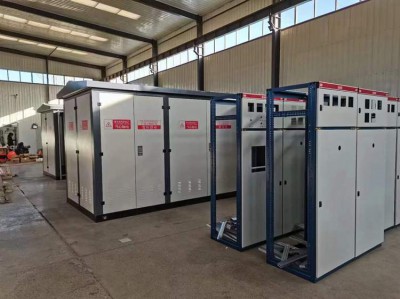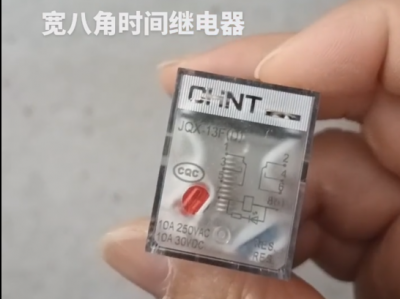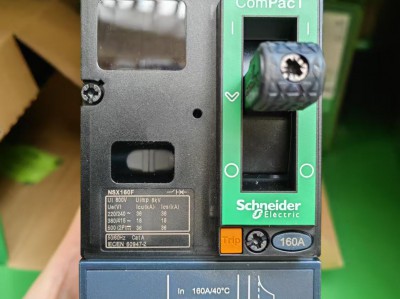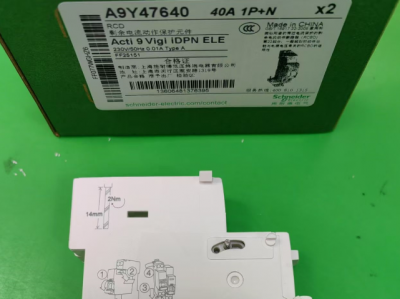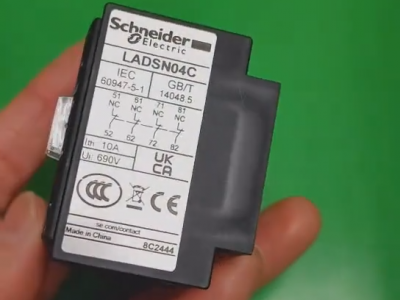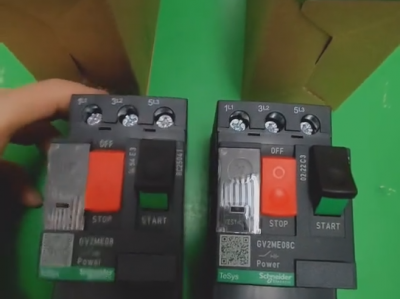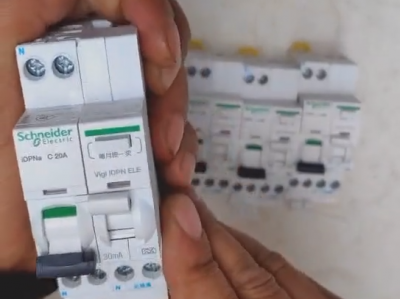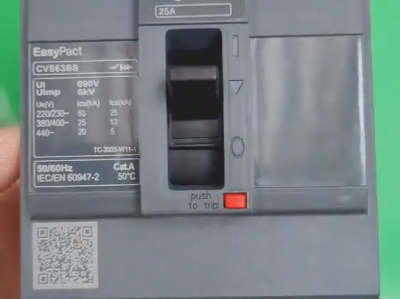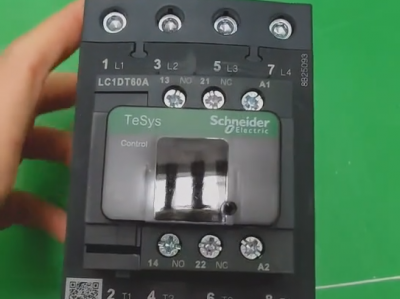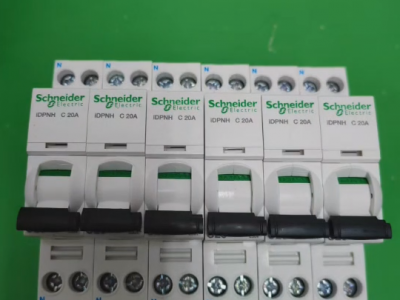CHINT JSS48A-2Z AC220V Time Relay
Product description
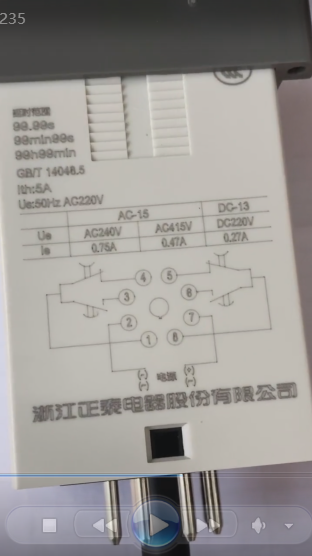 Common brands of the JSS48A-2Z AC220V time relay include Delixi, Chint, etc.
Common brands of the JSS48A-2Z AC220V time relay include Delixi, Chint, etc.
*Brand and Model Interpretation*Schneider Circuit Breakers Price
- **Chint JSS48A (Series Model)**:
- "J" denotes "relay"; "S" denotes "time relay". The second "S" may represent a specific design or functional series (definitions may vary slightly across manufacturers).
- "48" could be a product design serial number or dimension specification code.
- "A" may indicate a version or type within the series. Chint's NB1-63DC series DC circuit breakers Price
- **"2Z"**: Refers to the contact configuration, typically meaning **two sets of changeover contacts** (a combination of normally open (NO) and normally closed (NC) contacts for different circuit switching control functions).
- **"AC220V"**: Indicates the working power supply is **220V alternating current**.
*Functional Features**
- **Digital Display**: Enables easy setting and display of delay time.
- **Wide Delay Range**: For example, Delixi's JSS48A series supports delay times in ranges such as 0.01–99.99 seconds, 1–99 minutes 99 seconds, or 1 minute–99 hours 99 minutes (specific ranges may vary by model), meeting diverse timing control needs.
- **High Precision**: Low setting error (≤1%) and repeat error (≤1%), ensuring accurate timing.
- **Long Lifespan**: Mechanical lifespan ≥1,000,000 operations; electrical lifespan ≥100,000 operations, guaranteeing long-term reliability.
Application Scenarios*Chint NXR series thermal overload relays price
- **Industrial Automation Control**: Used for start/stop control of production line equipment, enabling sequential startup or shutdown of processes at set times.
- **Motor Control**: Applies to star-delta starting of motors, controlling the switching time between star (Y) and delta (Δ) connections via the time relay. CHINT contactor price
- **Lighting Systems**: Used for timed control of streetlights, periodic lighting in buildings, etc.
- **Cyclic Equipment**: Suitable for devices requiring timed cycles (e.g., automatic sprinkler systems, ventilation systems), enabling periodic on/off control.
*Wiring and Operation*CHINT surge protector price
- **Terminals**: Typically has 8 terminals. Follow the manual to connect the power supply (220V AC to corresponding terminals), load, and control signals.
- **Setting**: Adjust parameters (e.g., delay time) via panel buttons. Once powered on, the relay starts timing. When the set time is reached, the contacts actuate (NO contacts close, NC contacts open, or vice versa), achieving timed circuit control.
Manufacturer Differences*Schneider LRD Thermal Relay Price*
- **Chint**: Offers affordable pricing and reliable quality, using original Chint chips to ensure stable current and reliable contact operation.
- **Delixi**: Highly recognized in the market, with technical parameters complying with standards. Typical delivery time: 5–10 days.
For detailed information (e.g., wiring diagrams, troubleshooting), refer to the product manual or contact the manufacturer.
Working Principle of JSS48A-2Z AC220V Time Relay
The JSS48A-2Z AC220V time relay is a **digital display time relay** that combines **electronic circuit control** with **electromagnetic relay contact actuation** to achieve timed on/off control of circuits via delay time settings. Below is a detailed breakdown of its core working principle:
*1. Core Components and Functions**
The time relay consists of the following parts:
1. **Power Module**
- Connects to **AC220V power supply**, converting it to DC via internal rectification and filtering for the electronic circuit and electromagnetic relay.
2. **Control Circuit (Core Logic Unit)**
- Contains a **microprocessor (MCU)** or timing chip to process user-set delay times and achieve precise timing via timing circuits (e.g., RC oscillators, crystal oscillators).
- Some models support **multi-stage delay settings** (e.g., on-delay, off-delay modes) via panel buttons or DIP switches.
3. **Display Module**
- Uses an **LED/LCD screen** to show real-time set time and remaining countdown. Users can adjust parameters (e.g., delay units: seconds, minutes, hours) via buttons.
4. **Electromagnetic Relay Module**
- Includes a **coil** and **contact system (2 changeover contacts, 2Z)**:
- **Coil**: Generates electromagnetic force when energized, driving contact actuation.
- **Contacts**: NO (normally open) and NC (normally closed) contacts switch states after the delay, controlling external circuits.
*2. Operational Process**
*1. Power-On and Initialization**
- When connected to **AC220V power**, the power module outputs stable DC (e.g., DC12V/24V) to power the control circuit and relay coil.
- The control circuit initializes, with the display showing default parameters (e.g., initial delay time), awaiting user input.
2. Delay Time Setting**
- Users set the target delay time via panel **"+"/"-" buttons** or a knob (e.g., short delay: 0.1s for precision control; long delay: 99h for cyclic timing).
- Settings are stored in the control circuit’s memory, and timing begins (countdown or upcount) via the timing circuit.
*3. Timing Process**
- The control circuit generates a stable time reference (e.g., 1-second pulses) via a crystal oscillator or RC circuit, counting down the set time second by second.
- The display updates the remaining time in real time for user monitoring.
*4. Delay Expiration and Contact Actuation**
- Upon reaching the **set time**, the control circuit sends an energizing signal to the relay coil.
- The coil’s electromagnetic force pulls the armature, actuating the **2 changeover contacts**:
- **NO contacts**: Close to connect the controlled circuit (e.g., motor, light).
- **NC contacts**: Open to disconnect the original circuit.
- The relay remains in the actuated state until power is removed or a reset signal is received.
5. Reset and Cycle (Optional Functions)**
- **Auto-Reset**: After contact actuation, the control circuit auto-clears and restarts timing for periodic cycles (e.g., start/stop every 10 minutes).
- **Manual Reset**: Requires an external button or signal to force a reset and restart timing.
*3. Key Technical Features**
1. **Timing Accuracy**
- Electronic timing offers higher precision than mechanical relays (error ≤1%; e.g., 10s delay with ≤0.1s error).
- Crystal oscillator timing achieves even higher accuracy (error as low as ±0.01%), suitable for high-precision applications.
2. **Contact Rating**
- 2 changeover contacts (2Z) typically support **5A/250V AC** or **3A/30V DC**, directly controlling small motors/solenoids. For high-power loads, use with a contactor.
3. **Operating Modes**
- **On-Delay (Most Common)**: Starts timing when powered on; contacts actuate after delay.
- **Off-Delay (Optional)**: Starts timing when power is removed; contacts reset after delay.
*4. Typical Application Example: Motor Star-Delta Starting**
1. **Initial State**: The relay is unpowered; NC contacts connect the motor in a star (Y) configuration for low-voltage starting, reducing inrush current.
2. **After Power-On**: The relay starts timing (e.g., 10s), maintaining star starting.
3. **Delay Expiration**: NO contacts close to connect the delta (Δ) configuration, while NC contacts disconnect the star circuit. The motor switches to full-voltage operation, completing the start.
*5. Comparison with Other Time Relays**
| Type | Working Principle | Accuracy | Delay Range | Typical Scenarios |
| Digital (JSS48A) | Electronic circuit + electromagnetic relay, digital setting | High (≤1%) | 0.01s–99h | Industrial automation, precision control |
| Air Dashpot | Air inflation/deflation delay, mechanical contacts | Low (±10%) | Seconds–tens of seconds | Retrofit of old equipment |
| Transistor | Electronic control of semiconductor switches (no contacts) | Moderate–high | Milliseconds–hours | High-frequency operation |
*Conclusion**
The JSS48A-2Z AC220V time relay achieves high-precision, visualizable delay control through **electronic timing + electromagnetic contacts**. Its advantages include ease of operation and functional flexibility, making it widely used in industrial and civil circuits requiring timing logic. Ensure power voltage matching, contact load capacity, and correct wiring for reliable operation.

